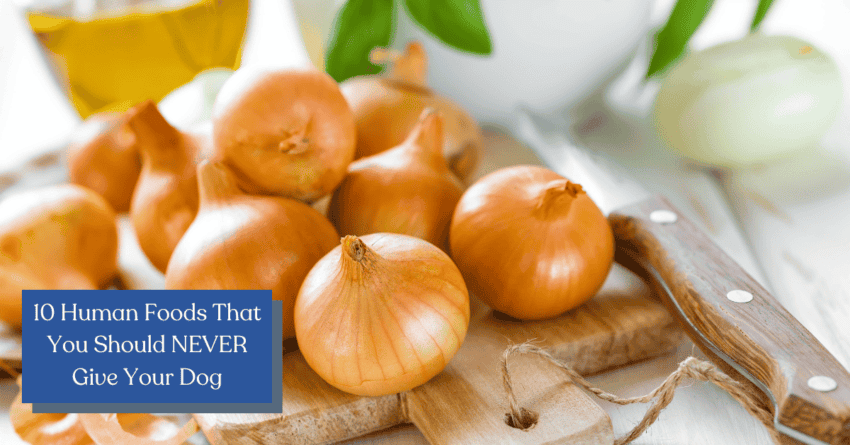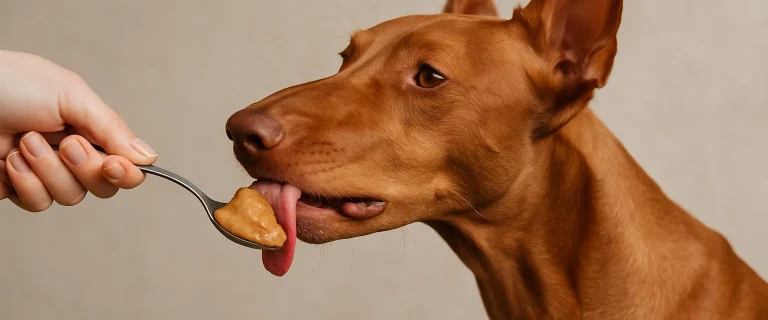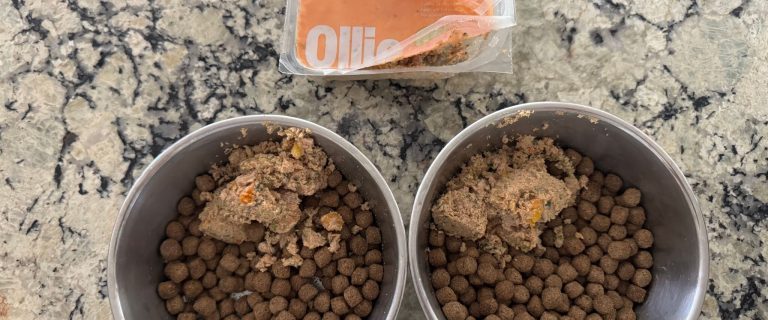Many dog owners love to supplement their dog food with table scraps and other “people foods.” While there is much debate on whether feeding your pup table scraps is good for your overall dog training process, health-wise it’s typically okay in moderation. It’s kind of hard to not give in to those soulful begging eyes sometimes! However, when it comes to supplementing your dog food with people food, there are a few items that you should NEVER give your dog.
Below, we will explore the topic of dog food safety and discuss ten common foods that should never be given to dogs. By being aware of these harmful substances and understanding why they pose a risk, we can protect our BFFs (best furry friends) from potential health hazards. Remember, prevention is always better than cure, and a little knowledge can go a long way in ensuring the well-being of our beloved pets.

Dog Food Safety: Top 10 Most Dangerous Foods to Avoid
I was going to put these in order from most to least toxic, but that would imply that #10 on the list is “safer” than #1. I don’t want you to walk away thinking “Certain animal bones were last on the list, so they must not be so awful. It’s not like I’m giving my dog chocolate-covered onions!” ALL of these foods deserve an equal spot on your “no-fly zone” dog food list.
1. Chocolate:
Rule number one, no matter how much he begs, you CANNOT give in to your dog’s desire for chocolate. Chocolate contains theobromine and caffeine, which are toxic to dogs. These substances can cause vomiting, diarrhea, rapid breathing, increased heart rate, muscle tremors, seizures, and even death.
The darker the chocolate, the more dangerous it is. Cocoa powder and baking chocolate are the most dangerous. A small cake’s worth of cocoa is enough to take down your 20-pound pooch. Keeping your dogs safe from chocolate means you have to keep it way out of reach, as dogs WILL try to get their paws on it every chance they get!
If you want to give your pup a sweet treat, use Carob instead.
2. Grapes and raisins:
It only takes a handful of grapes or raisins to present a problem for your dog, although larger amounts are definitely more toxic than smaller amounts. In small amounts, your dog may experience vomiting, diarrhea, and lethargy. Larger amounts can cause kidney and liver failure.
The good news: most dogs aren’t really fans of raisins and grapes anyway, so accidental ingestion because they raid the garbage isn’t such a concern. Still, until you know your dog isn’t a fan, be watchful.
3. Onions and garlic:
All forms of onions- including onion powder- are dangerous for your pup. While you may love the flavor yourself, it’s never safe to add to dog food. Signs of poisoning often take place up to a full day after ingestion, so if your dog does eat something with onions in it, you’ll need to be very watchful for a good 24+ hours. Symptoms may include weakness, lethargy, pale gums, and dark urine.
Garlic is a bit trickier. A 2018 study found that aged garlic in small doses is just fine. In fact, it may offer health benefits. Other research shows that it takes between 15-20 grams of garlic per pound of body weight to cause problems. In other words, theoretically, a 50-pound dog would have to eat roughly 1.65 lbs of garlic before suffering ill effects. Honestly, though, I think it’s better to err on the side of caution and just avoid it. A handful of small studies just aren’t enough to make me feel comfortable risking it.
4. Xylitol:
Xylitol is a sugar substitute found in many products, including sugar-free gum, candies, baked goods, and some types of peanut butter (usually organic expensive PB that you find in health food stores or on the top shelf at the grocery store). When it comes to xylitol, there is no wishy-washy “maybe it’s okay in some circumstances.” It is 100% flat-out dangerous for ALL dogs.
Why? Because it can cause a rapid release of insulin, which in turn crashes your dog’s blood sugar (hypoglycemia). Hypoglycemia in dogs can cause weakness, seizures, vomiting, loss of coordination, liver failure, and even death. So NEVER ever ever ever ever give your dog anything containing xylitol. Ever.
5. Alcohol:
Think it’s cool to share a cold brew with Spot? Think again! While some people get a kick out of seeing their dogs act like “booze hounds,” alcohol is quite deadly to canines. See, alcohol affects dogs differently than it does humans. Even small amounts can cause intoxication, leading to symptoms such as disorientation, lack of coordination, vomiting, diarrhea, breathing difficulties, and potentially coma or death. No Instagram photo is worth putting your dog’s life in danger, so keep Fido out of the liquor cabinet.
6. Avocado:
Can dogs eat avocado? The answer to that isn’t as simple as you’d think. If we’re talking in terms of sharing your avo toast with your pooch, then no, they can’t. Avocado contains persin, a substance that is toxic to dogs in large amounts. It can cause vomiting, diarrhea, abdominal pain, and fluid accumulation in the chest and abdomen.
That said, certain parts of the flesh are relatively safe in small amounts. I’ve also used AvoDerm dog food in the past (it’s great for dogs with itchy skin). As the name implies, it contains avocado. But they have super stringent safety protocols in place and use parts of the fruit that don’t contain persin.
7. Caffeine:
Caffeine is present in coffee, tea, energy drinks, and certain medications. It can stimulate a dog’s nervous system and lead to restlessness, rapid breathing, heart palpitations, muscle tremors, seizures, and in severe cases, death.
8. Macadamia nuts:
Macadamia nuts can cause weakness, tremors, vomiting, increased body temperature, and difficulty walking in dogs. The exact mechanism is not well understood, but even a small amount can be toxic.
9. Raw or undercooked meat and bones:
Raw or undercooked meat, particularly poultry, and bones can harbor harmful bacteria such as Salmonella or E. coli, which can cause severe digestive upset, including vomiting and diarrhea.
10. Certain cooked animal bones:
While there are many benefits to giving your pup a bone (dental health, keeps your shoes safe from their teeth, etc), some bones can actually be quite dangerous. Cooked chicken bones, for example, splinter into tiny pieces and can puncture your dog’s digestive track. Fish bones are also quite dangerous for the same reason. If you want to give your dog something to chew on, opt for bully sticks or other larger bones.
It’s important to note that this list is not exhaustive. These are just a few of the more common items found in your home that pose a threat to your dogs. If you suspect your pooch has ingested something toxic, it’s always best to call your veterinarian immediately.
Use common sense when it comes to supplementing your dog food. Read labels on packaged foods to keep an eye out for dangerous items. Also, if you stick with high-quality dog foods, your pup won’t be hungry and begging five minutes after dinner.
Author
-

Hi there! I'm Nicole, the editor-in-chief and one of the writers here at DogVills. I've been a dog owner for most of my adult life and a dog lover for much longer than that. I grew up with a wonderful German Shepherd named Jake, who I loved SO much that I named my son after him. When I'm not writing for DogVills or my own site, Pretty Opinionated, I love spending time with my teenager (when he actually lets me) and my Pharaoh Hound, Freya. I'm also an avid reader AND a total TV fanatic.
View all posts



